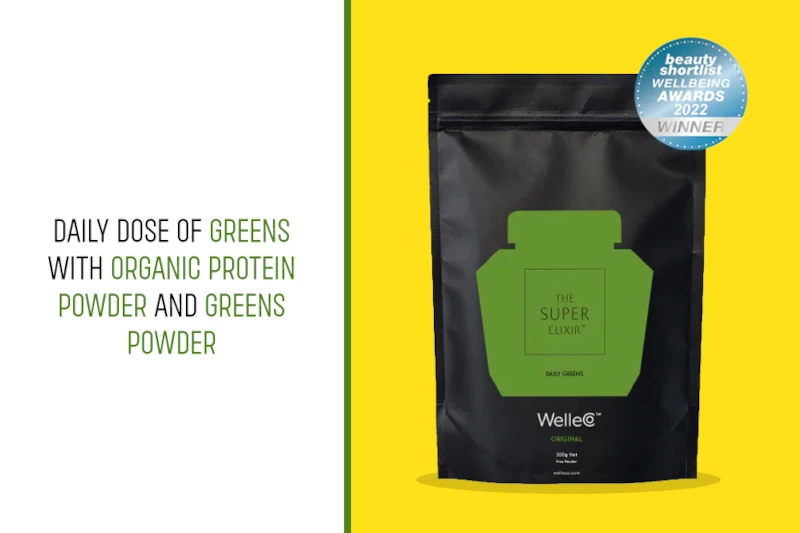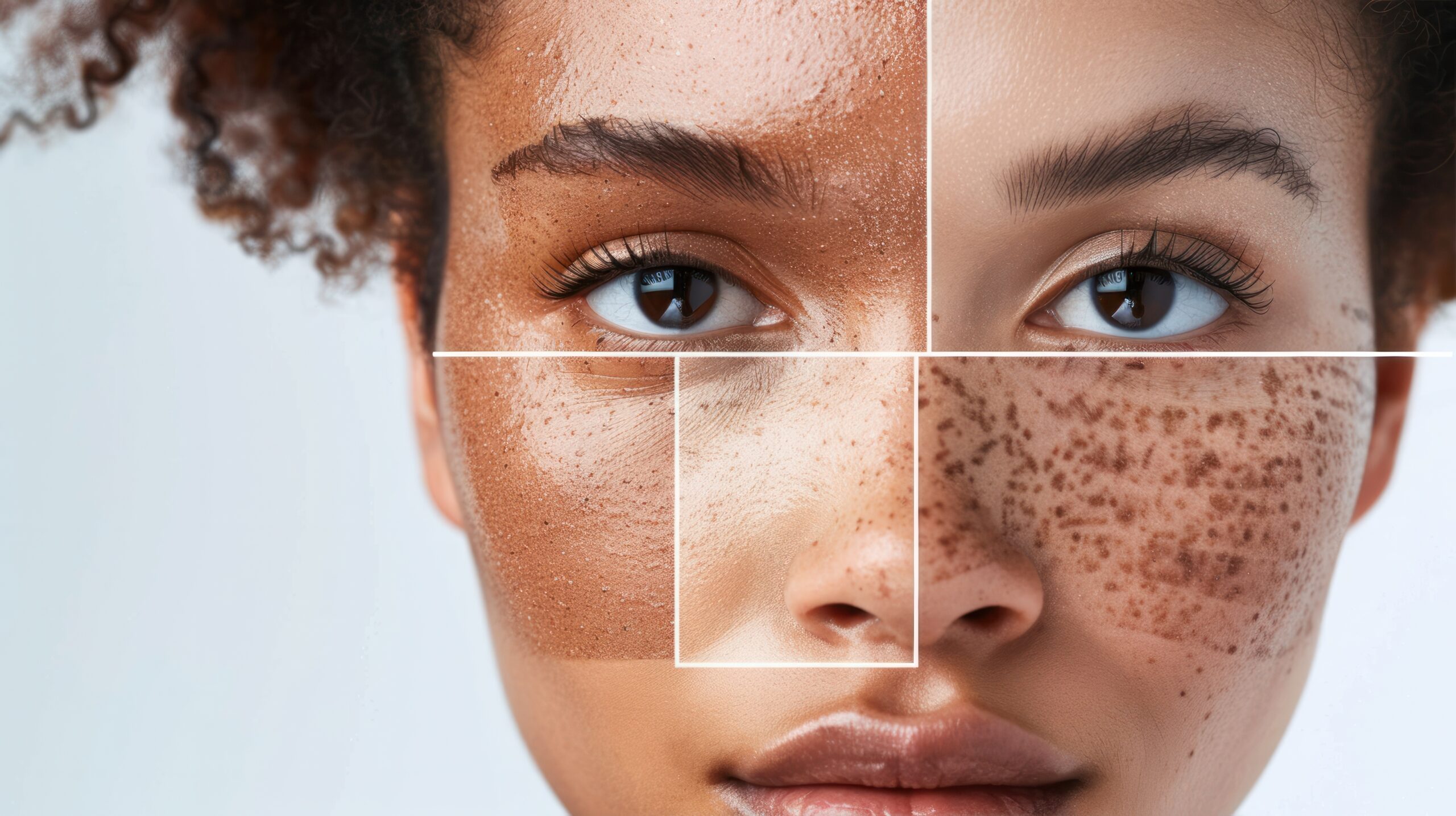
Looking to upgrade your skincare game without going under the knife? You’re not alone. From pigmentation and redness to fine lines and dullness, modern skin concerns demand modern solutions. Enter: IPL (Intense Pulsed Light) therapy – a non-invasive treatment that’s taking over clinic menus and Instagram feeds alike. But what exactly is IPL, and why is it worth considering for your glow-up goals?
In this guide, we break down what IPL is, how it works, what it treats, how often you should have it, and why it might just become your skin’s new best friend.
What Is IPL Treatment?
IPL, otherwise known as Intense Pulsed Light therapy, is a non-invasive skin treatment that uses broad-spectrum light to target various skin concerns without damaging the surface. Unlike lasers, which use a single wavelength, IPL machines emit multiple wavelengths of light that penetrate the skin to address common skin concerns such as pigmentation, redness, broken capillaries, acne, and early signs of ageing just to name a few!.
During a session, a handheld device delivers pulses of light to targeted areas, which is then absorbed by pigment cells or blood vessels in the skin. This light converts to heat, breaking down the unwanted pigment or stimulating the skin to produce more collagen.
The result? Smoother, clearer, and more radiant skin – with little to no downtime.
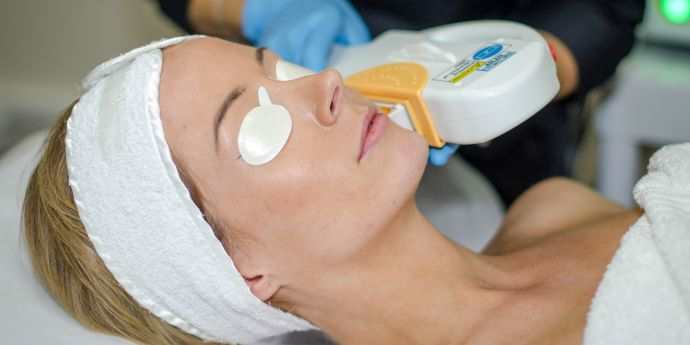
How Does IPL Work?
Think of IPL as controlled light therapy. When the skin absorbs the light energy, it turns into heat, which destroys targeted pigment (like sunspots) or constricts blood vessels (helping with redness or rosacea). It also activates fibroblasts, encouraging your skin to produce more collagen and elastin – the result? Firmer, bouncier younger-looking skin.
Each session typically lasts between 20 to 45 minutes, depending on the size of the area treated. You might feel a warm snapping sensation (like a rubber band against the skin), but discomfort is minimal and manageable.
What Skin Concerns Can IPL Treat?
IPL is impressively versatile and can help address a variety of concerns:
- Sun damage and pigmentation: Fades freckles, sunspots, and age spots
- Redness and vascular issues: Calms broken capillaries, rosacea, and general flushing
- Fine lines and texture: Improves skin tone and boosts elasticity
- Acne and acne scarring: Reduces active breakouts and softens post-acne marks
- Unwanted hair: IPL is also a popular choice for long-term hair removal across various body areas
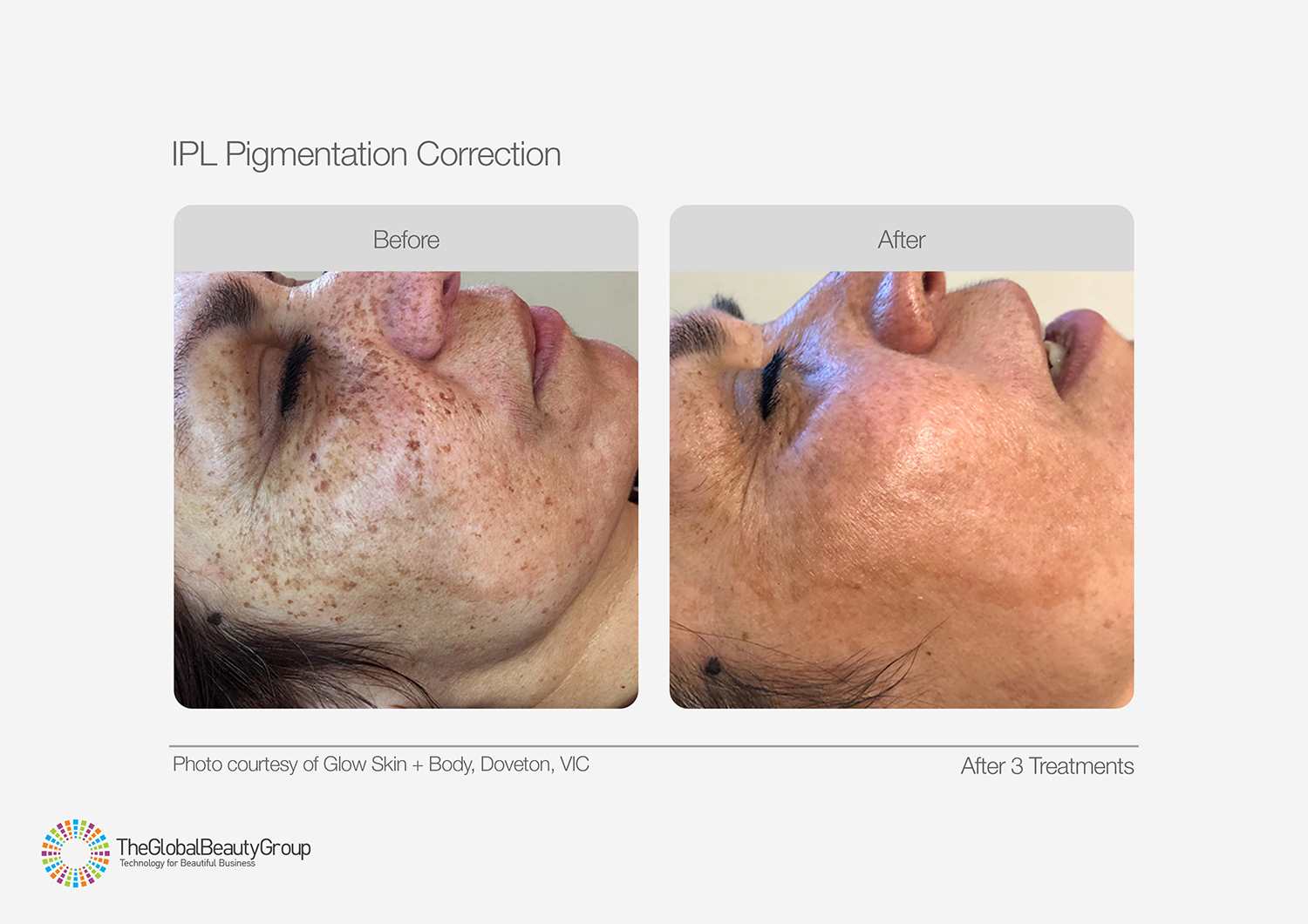
How Often Should You Get IPL?
Your ideal IPL schedule depends on your skin type and what you’re treating. As a general rule:
- Initial sessions are spaced about 4 to 6 weeks apart
- Most people need 3–5 sessions for optimal results
- Maintenance sessions can be scheduled every few months, depending on skin response and goals
Your clinician will tailor a plan to suit your individual needs, adjusting frequency as your skin improves.
What Are the Benefits of IPL?
- Non-invasive with minimal downtime
- Targets multiple skin issues in one go
- Boosts collagen and improves skin texture
- Improves tone and reduces discolouration
- Customisable to suit your skin type and needs
With consistent sessions and good aftercare, you’ll likely notice a visible transformation in your skin’s clarity, glow, and evenness.

Is IPL Safe? What Are the Side Effects?
Yes, IPL devices are considered safe when performed by qualified professionals using TGA-approved devices. Side effects are usually mild and short-lived. You may experience:
- Temporary redness or swelling (similar to mild sunburn)
- Slight sensitivity for a day or two
- Rarely, slight pigment changes (especially in darker skin types)
- Very rare: blistering or bruising
Choosing a reputable clinic is key to ensuring safety. Always book a consultation first to make sure the treatment is suitable for your skin type.
Post-Treatment Care: What to Know
After your session, your skin may look a little flushed, but you can usually return to daily activities straight away. Follow these tips to keep your results on track:
- Avoid sun exposure and wear broad-spectrum SPF daily
- Skip harsh actives (like retinol or AHAs) for a few days
- Keep skin hydrated with a gentle moisturiser
- Avoid heat treatments like saunas or hot yoga for 48 hours
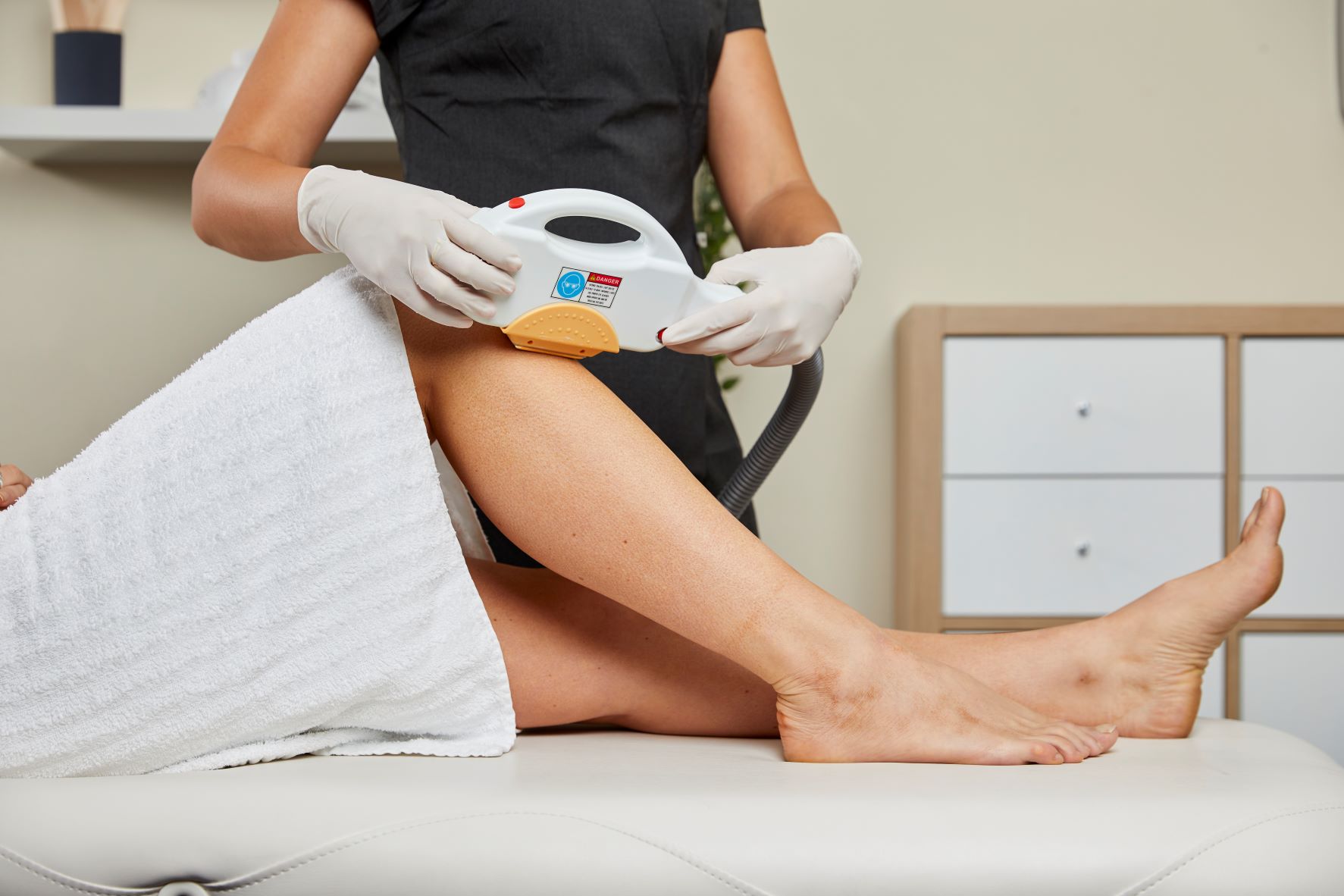
Can IPL Be Used for Hair Removal?
Absolutely. IPL is a popular alternative to laser hair removal for long-term reduction. It works by targeting the pigment in hair follicles and gradually reducing growth. You’ll typically need 6–8 sessions for best results, spaced around 4 weeks apart.
Who Shouldn’t Get IPL?
IPL isn’t suitable for everyone. It may not be recommended if you:
- Have very dark skin tones (risk of pigmentation issues)
- Are pregnant or breastfeeding
- Have active infections or open wounds
- Are taking photosensitising medications
A pre-treatment consultation is a must to determine if IPL is right for you.
The Bottom Line: Is IPL Worth It?
If you’re dealing with pigmentation, redness, or early signs of ageing—and want a safe, proven treatment without downtime – IPL is definitely worth considering. It’s quick, effective, and backed by science.
Just remember: consistency is key, and so is choosing a reputable clinic with experienced professionals.
Ready to glow? Book a consultation, do your homework, and take the first step towards brighter, clearer, more confident skin.
Interested in finding out more about microneedling, IPL machines or wanting to find a treatment specialist your local area? To learn more, contact beauty wholesaler and IPL beauty machine supplier, The Global Beauty Group on 1300 006 607 to find a treatment specialist in your area.

